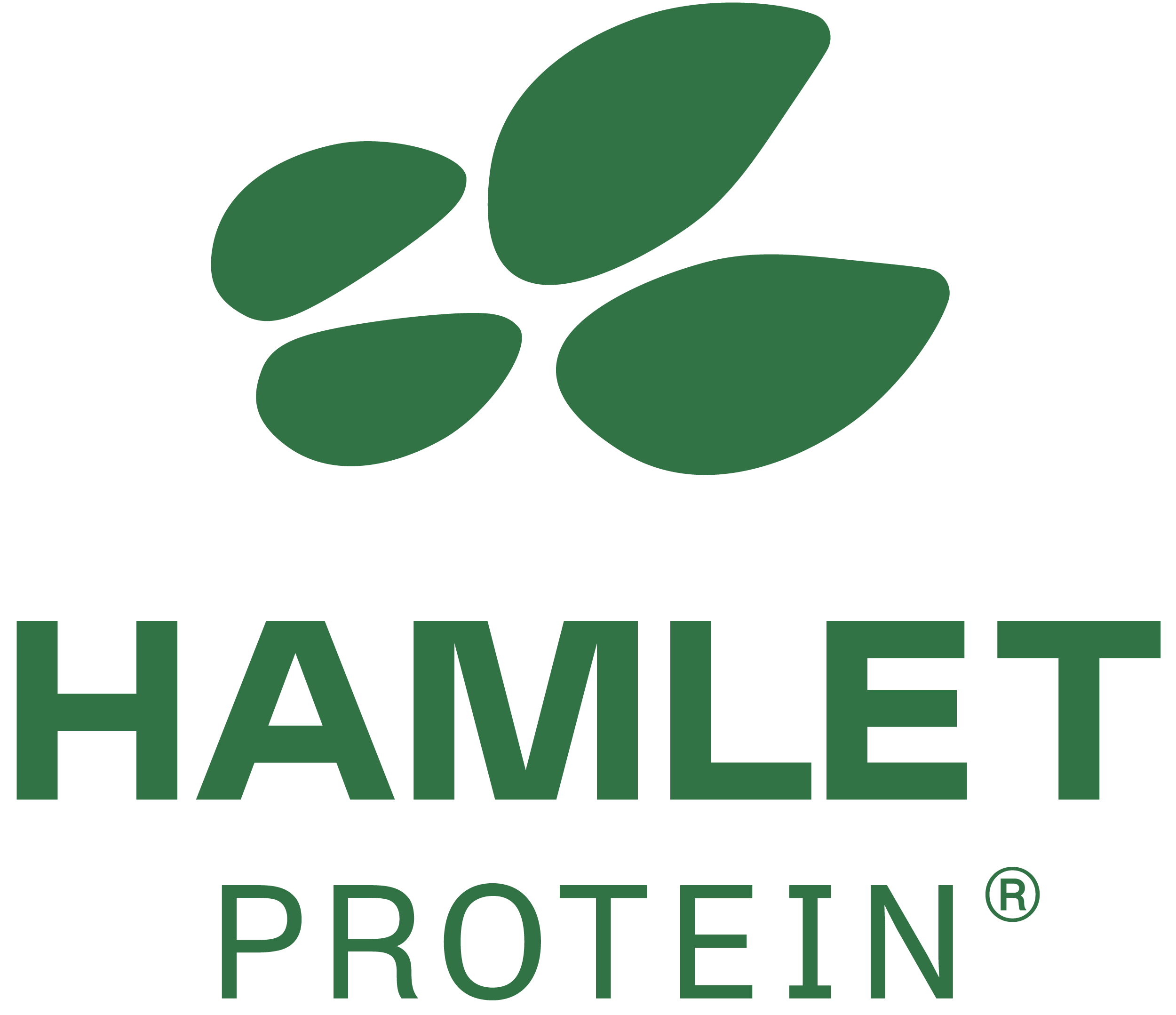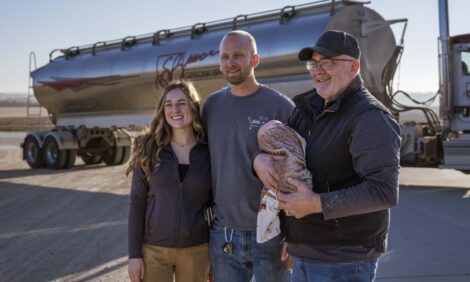



WPX 2024: The value of feeding fast proteins in pig diets
Learn more about fast proteins and slow proteinsDr. Megan Bible, nutritionist with Hamlet Protein, spoke to The Pig Site’s Sarah Mikesell at the World Pork Expo in Des Moines, Iowa, USA in the Hamlet booth where about 40 customers had breakfast while listening to an education session.
Megan, the premise of protein kinetics is based around proteins being either fast or slow. What does that mean? Why does it matter?
When we are talking about protein kinetics, we are not only talking about the digestion, absorption and entrance into the bloodstream, which is happening in the small intestine. We are also talking about where that occurs within the intestine and how quickly that occurs as well, so how quick it comes in. What you really want is to synchronize the synthetic amino acids with your proteins, because we know that synthetic amino acids come in very quickly. So we want those proteins to come in at the same time. That happens at the beginning of the intestine, or the proximal duogenal, and so if a protein is fast, it can come into the bloodstream a lot quicker and earlier in the intestine compared to slow proteins.
The slow protein might be absorbed and enter the bloodstream, but it might not be able to be used, so then it is excreted as urine. If it is not completely digested, it goes into the hindgut and then we have some issues. If we have protein in the hindgut, it can cause problems such as bacterial overgrowth and then you can have scours which can lead to a lot of problems with young pigs.
Can you give us some examples of fast and slow proteins?
When we are looking at fast versus slow, we have done quite a few studies. Hamlet Protein is a very fast protein. It is one of the fastest ones that we have evaluated. Whey and plasma are also considered fast proteins. So, those are a couple of our fast proteins. When we are looking at slow proteins, an example would be soy protein concentrate. Another would be potato protein which is used outside of the US. Fermented soybean meal is also classified as a slow protein. There are quite a few and the reasons why they are slow are different for each group. They all have distinct reasons as to why they are slow.
How does fast protein produce better results across such a broad range of parameters?
If we can synchronize our proteins all together, then what happens is that it comes into that animal or young pig and it can utilize it for maintenance and growth. If you are comparing a fast versus a slow, you will have the same feed intake but the animal that is consuming the fast protein will have a better feed conversion, resulting in less waste. What is happening is we have improved performance, increased protein deposition, and less environmental impact because we have less nitrogen that has been excreted out of the animal.
What does this mean for diet formulation when it comes to young pigs? Will it change current practices?
To me, it means a lot for diet formulation because it’s a new way to look at how diets are formulated. Instead of formulating more on SID lysine, we can start looking at the protein kinetics side of it. If we are looking at a first starter nursery diet, we would want 75% of our total protein to be fast protein. We are continuing to learn more as we dig into protein kinetics. Eventually we would like to assign values to the fast and slow proteins as far as when it comes to amino acids. That information can then be used in diet formulation. The goal is to start formulating with fast protein so you could use less crude protein. That not only helps the pig, but it also helps the environment. This will change how diet formulations are done.
Is fast always better when it comes to protein?
Fast is always better. You always want fast proteins, and you want to use a combination of fast proteins. Always keep Hamlet Protein in mind because we offer a great source of fast protein.
Learn more about fast proteins and Dr. Bible’s research on protein kinetics.









